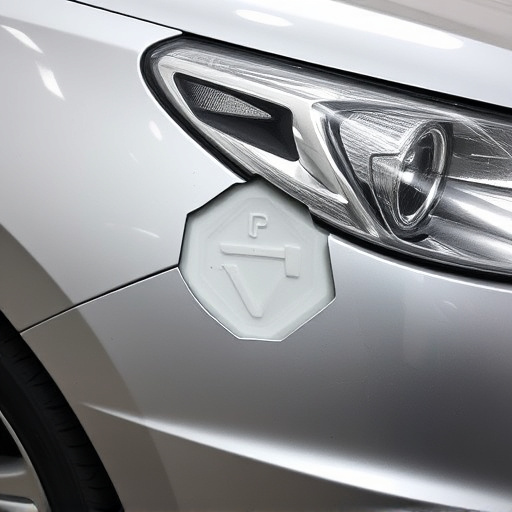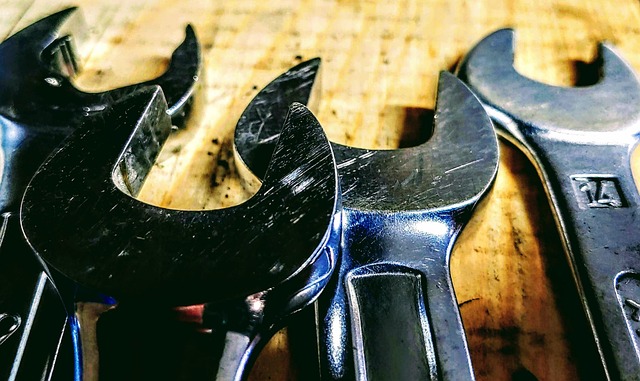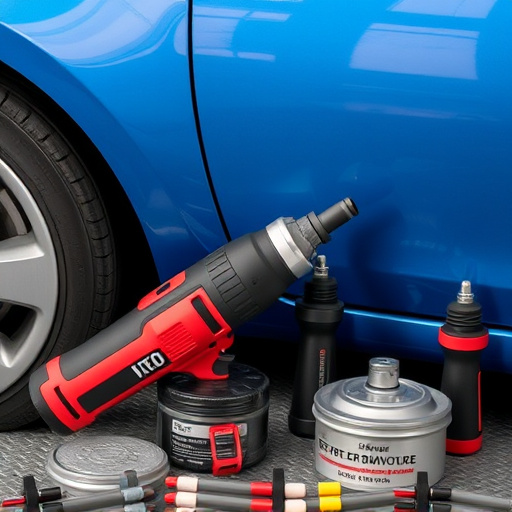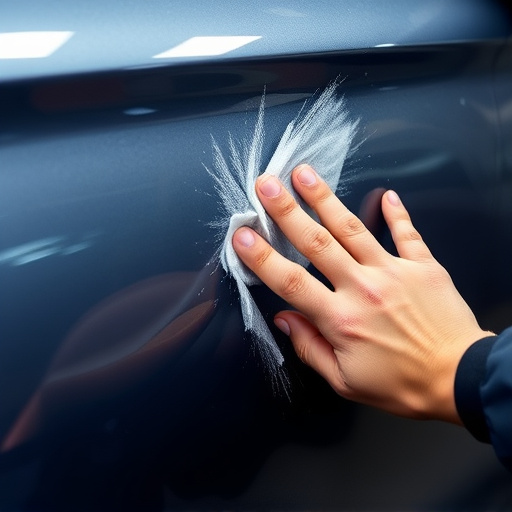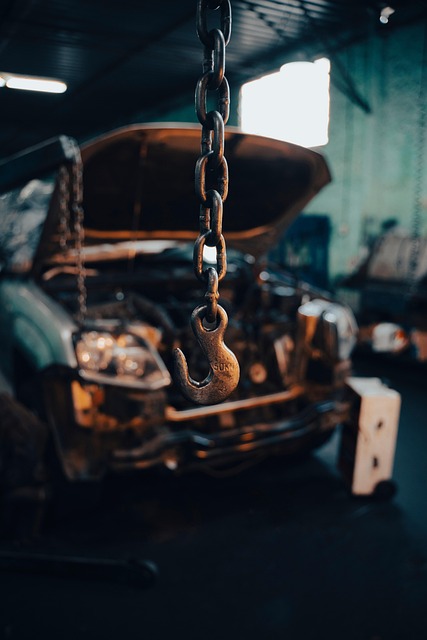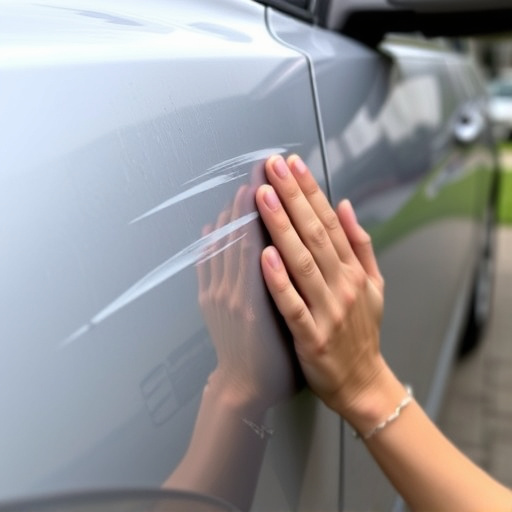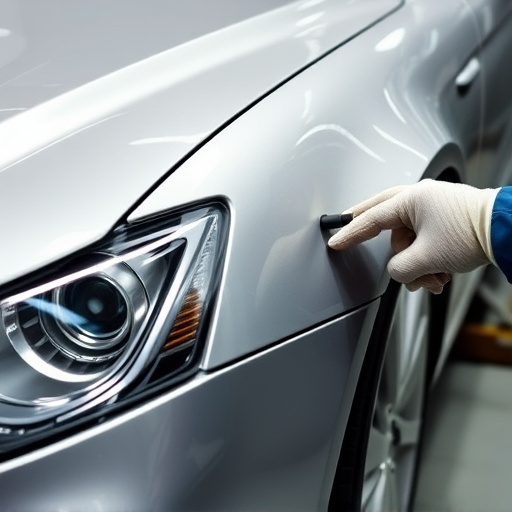A tear down for estimate demands a thorough understanding of vehicle disassembly, restoration needs, and environmental safety regulations. It involves assessing every component, evaluating damage, and projecting costs for repairs. For demolition projects, especially older structures, assess hazardous materials and implement proper waste management. Collision repair shops contribute to sustainability by recycling metal and ensuring responsible disposal. Safety compliance is paramount; rigorous assessments, structural integrity checks, and adherence to local regulations protect workers and the environment. Specialized procedures are required for automotive repairs within larger construction tear downs, emphasizing legal compliance and efficient project execution.
In today’s construction landscape, understanding the intricate process of tear-down for estimate is crucial for project success and regulatory compliance. This article delves into the essential aspects of accurately assessing and estimating demolition activities while adhering to stringent environmental safety regulations. We explore how meticulous planning, from understanding specific requirements to implementing robust safety measures, can ensure projects stay on track, minimize environmental impact, and maintain optimal safety standards throughout the tear-down phase.
- Understanding Tear Down Requirements for Estimates
- Environmental Considerations During Demolition
- Ensuring Safety Compliance in Construction Projects
Understanding Tear Down Requirements for Estimates
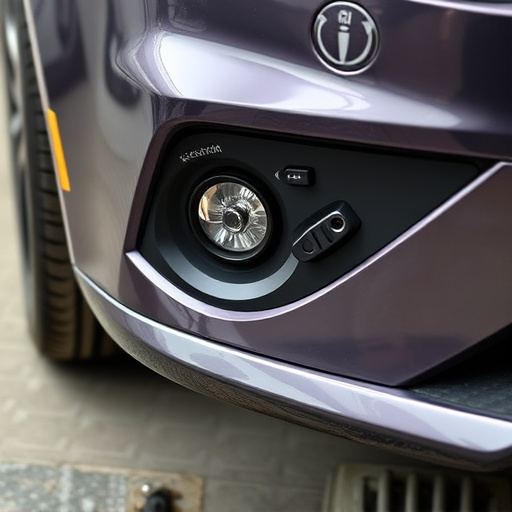
Estimating a tear-down for a vehicle involves understanding the intricacies of its disassembly process and the subsequent restoration or disposal requirements. This is particularly crucial when preparing for projects like collision repair, car paint repair, or dent removal, where every component must be meticulously assessed. A comprehensive tear-down estimate considers not just the visible parts but also hidden elements that may require specialized attention due to their intricate nature or potential environmental impact.
The process entails breaking down the vehicle into its various systems and components, evaluating each for damage or salvageability, and determining the necessary replacement parts or materials. This detailed analysis is essential for accurate cost projections in collision repair shops or car paint repair facilities, ensuring that every aspect of the restoration process is accounted for, from dent removal to structural repairs.
Environmental Considerations During Demolition
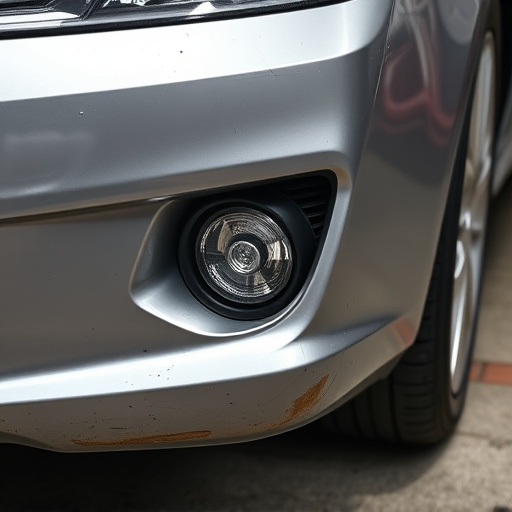
Demolition projects, especially for older structures or those requiring significant renovation, necessitate a thorough understanding and adherence to environmental safety regulations. Before initiating any tear down for estimate, it’s crucial to assess and mitigate potential ecological impacts. This involves evaluating the site for hazardous materials, such as asbestos or lead-based paint, which require specialized handling and disposal methods.
Additionally, the process should account for waste management, aiming to recycle, reuse, or properly dispose of construction debris. Car bodywork services and collision repair shops play a role in this by facilitating car dent removal and ensuring that metal components are recycled, aligning with sustainable environmental practices. Effective navigation of these considerations not only safeguards the environment but also contributes to a responsible and compliant tear down process.
Ensuring Safety Compliance in Construction Projects
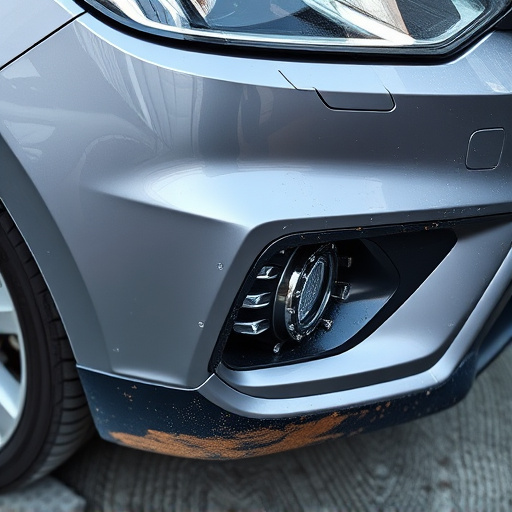
In the context of a tear down for estimate, ensuring safety compliance is paramount in construction projects. Before any demolition or renovation begins, thorough assessments and planning are essential to identify potential hazards and implement necessary precautions. This includes evaluating structural integrity, understanding environmental impacts, and adhering to local regulations designed to protect workers and the surrounding community. A comprehensive safety plan should incorporate measures for waste management, air quality control, and proper disposal of materials to minimize ecological damage.
For automotive repair or car damage repair projects that may be part of a larger construction tear down, specialized procedures must be followed to ensure vehicle safety and compliance with environmental regulations. Car repair shops, in particular, are responsible for managing hazardous waste from fluids and parts responsibly, avoiding contaminations that could affect nearby water sources or soil. Integrating these safety considerations into the initial estimate not only ensures legal compliance but also contributes to a smoother, more efficient project execution.
When preparing estimates for construction projects involving tear-down, adhering to environmental safety regulations is paramount. By understanding the requirements and implementing proper procedures, contractors can ensure compliance while minimizing the project’s ecological footprint. This balanced approach not only fosters sustainability but also promotes a safer working environment, ultimately contributing to successful and environmentally conscious construction endeavors.


